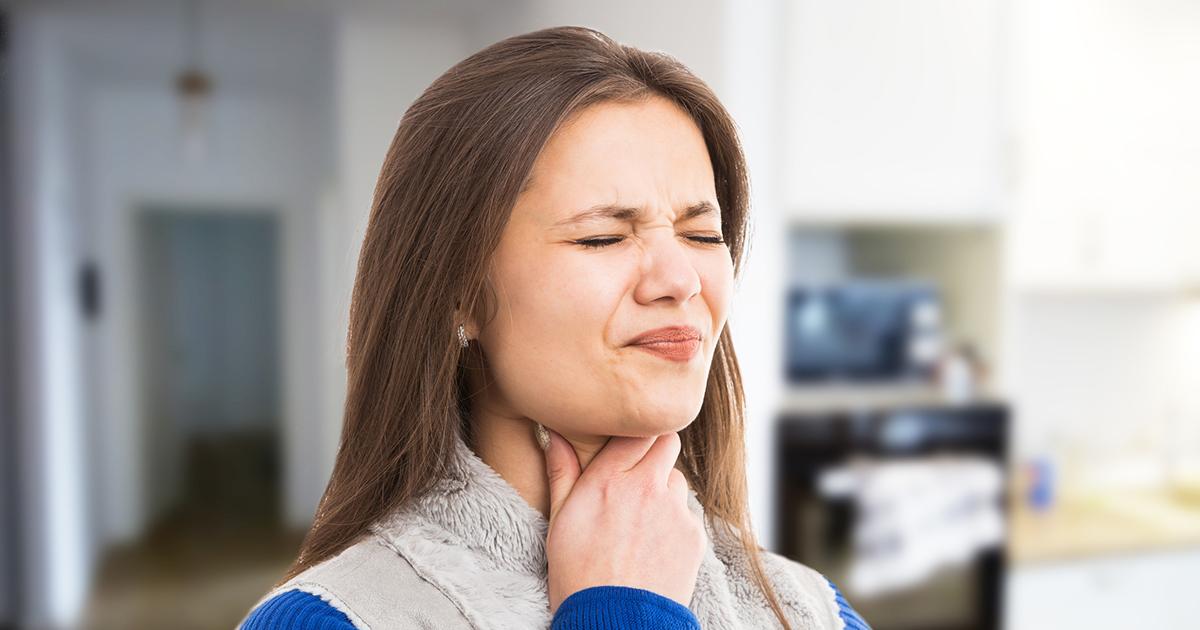Varied Symptoms Of Epidermolysis Bullosa
Epidermolysis bullosa is a condition in which the skin is extremely fragile and frequently blisters. Blisters may form due to rubbing, scratching, the use of tape on the skin, and exposure to heat. Most cases of this condition are inherited, and symptoms typically present in infancy and childhood. Sometimes, symptoms may not appear until adolescence or adulthood. Epidermolysis bullosa can vary in severity, and patients with mild forms normally find that their symptoms improve as they get older. To diagnose epidermolysis bullosa, doctors can perform prenatal testing and genetic testing. Patients who have blisters may need a skin biopsy of the affected area to confirm the diagnosis. Since epidermolysis bullosa has no cure, treatment focuses on relieving pain and reducing the risk of complications.
The symptoms outlined below are some of those patients with epidermolysis bullosa frequently experience.
Dysphagia

Dysphagia refers to swallowing difficulties, and these are usually experienced by patients with the Hallopeau-Siemens type of autosomal recessive dystrophic epidermolysis bullosa, one of the most severe forms of the disease. For patients with this form of the condition, swallowing issues develop as blisters form in the mucous membranes throughout the body, including the mouth, throat, and digestive tract. Once the blisters burst, scars are left behind, and these make chewing and swallowing painful. Patients with swallowing difficulties often become malnourished, and children with this symptom may grow at a slower rate than what is considered normal for their age group. Swallowing is usually most difficult with solid foods, so patients who have difficulty with this may wish to use meal replacement drinks or other high-calorie drinks if eating is painful. In some cases, patients can be taught different head or neck positions that can ease swallowing, and doctors can recommend soft foods and other dietary changes that may improve nutrition.
Uncover more symptoms of epidermolysis bullosa now.